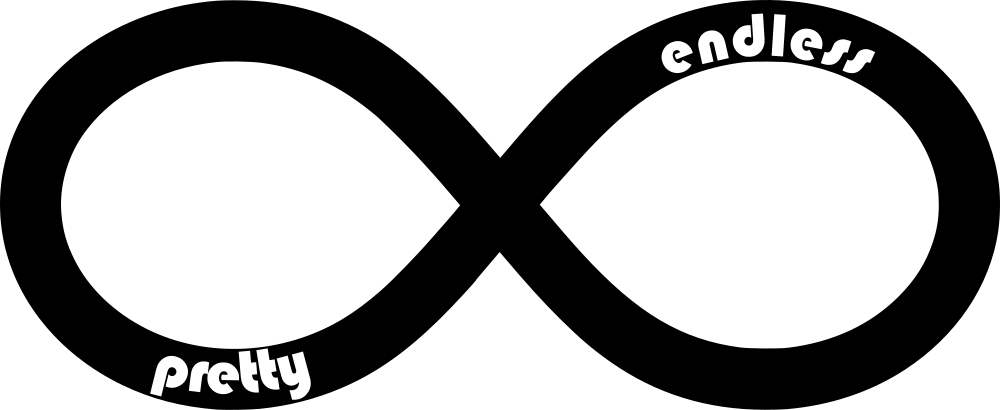Welcome to our embroidery stitches training! In this section, we’ll dive into the different types of stitches used in embroidery and explore how they can be used to create beautiful and intricate designs. Whether you’re a beginner looking to master the basics or an experienced stitcher looking to expand your repertoire, our training materials will guide you through each stitch step-by-step, with clear instructions and helpful tips. From simple running stitches to more complex techniques like satin stitch and French knots, we’ll help you develop your skills and create stunning embroidery pieces that showcase your creativity and craftsmanship. So let’s get started and explore the wonderful world of embroidery stitches!
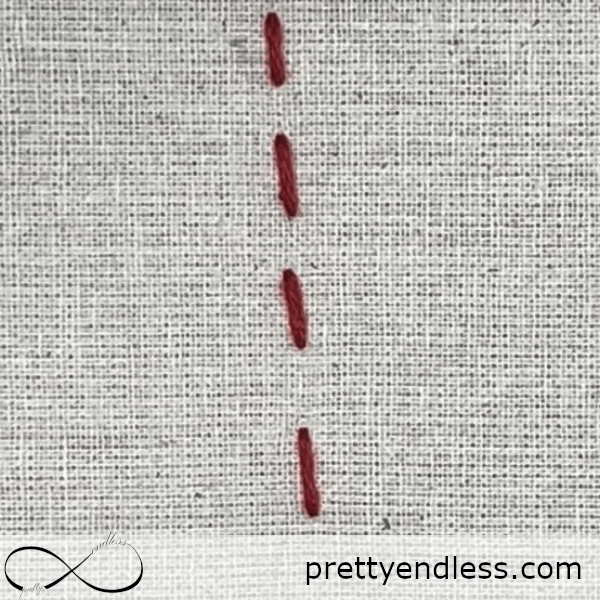
The running stitch is a basic embroidery stitch that is created by making even, straight stitches in a line.
The straight stitch is a basic sewing stitch that creates a straight line of stitches.
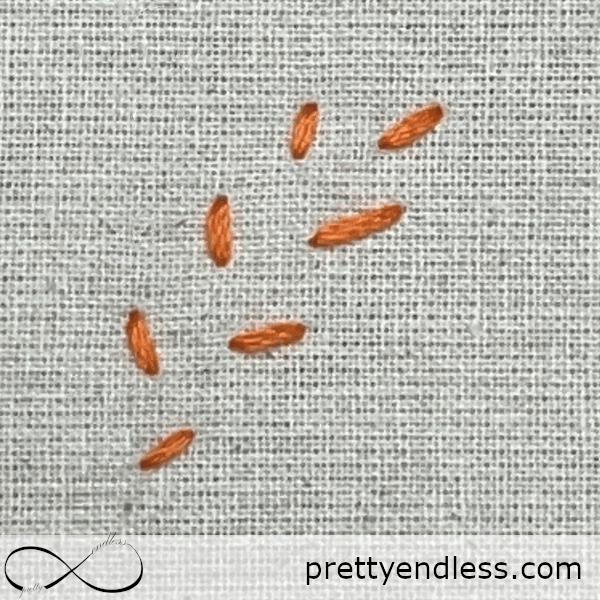
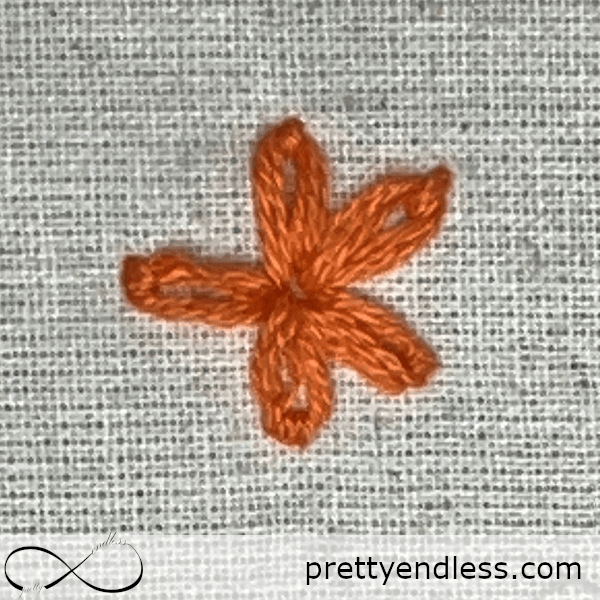
The Lazy Daisy stitch is a simple and versatile embroidery stitch that can add texture and dimension to your embroidery projects.
The back stitch is a simple embroidery stitch that is used to create a continuous line of stitches, typically for outlining or adding detail to a design.
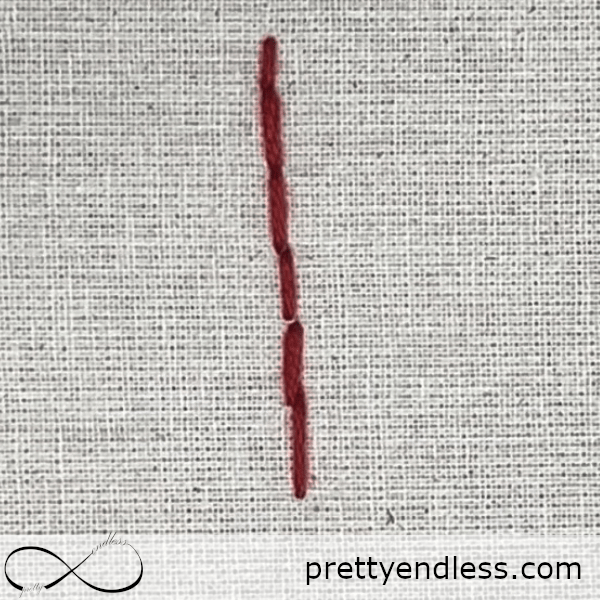
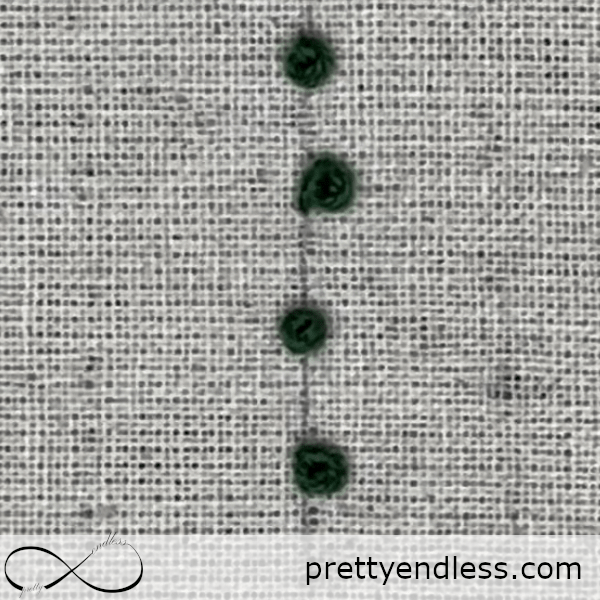
The French knot is a decorative embroidery stitch that creates a small, textured knot on the surface of the fabric.
The chain stitch is a classic embroidery stitch that creates a series of looped stitches.
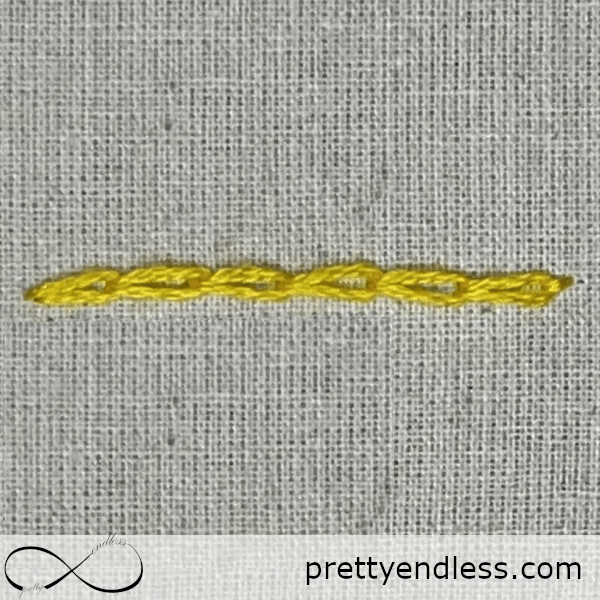
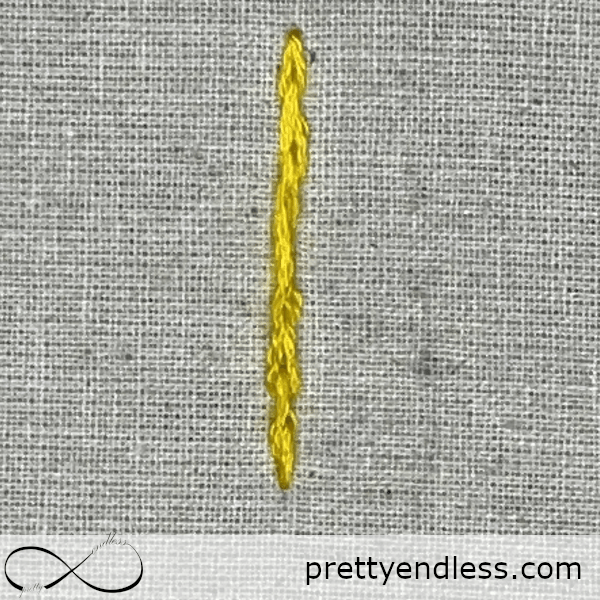
The Split Stitch is a versatile hand embroidery stitch that can be used for outlines, filling areas, and adding texture to your embroidery designs.
The Stem Stitch is a classic hand embroidery stitch that is perfect for creating curved lines and outlines.
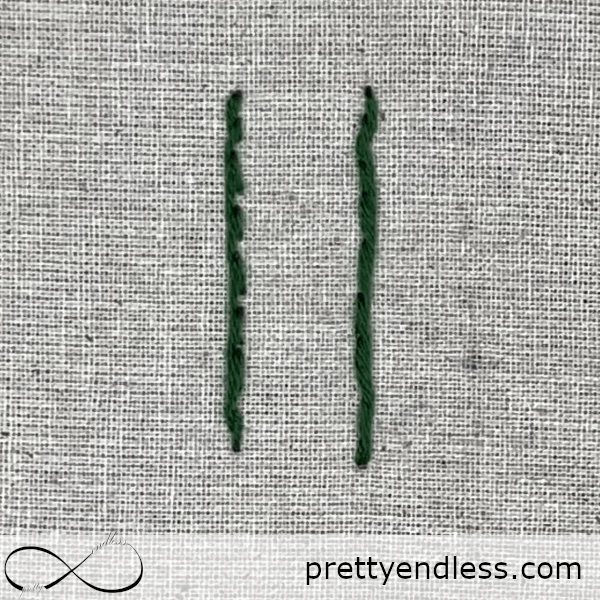
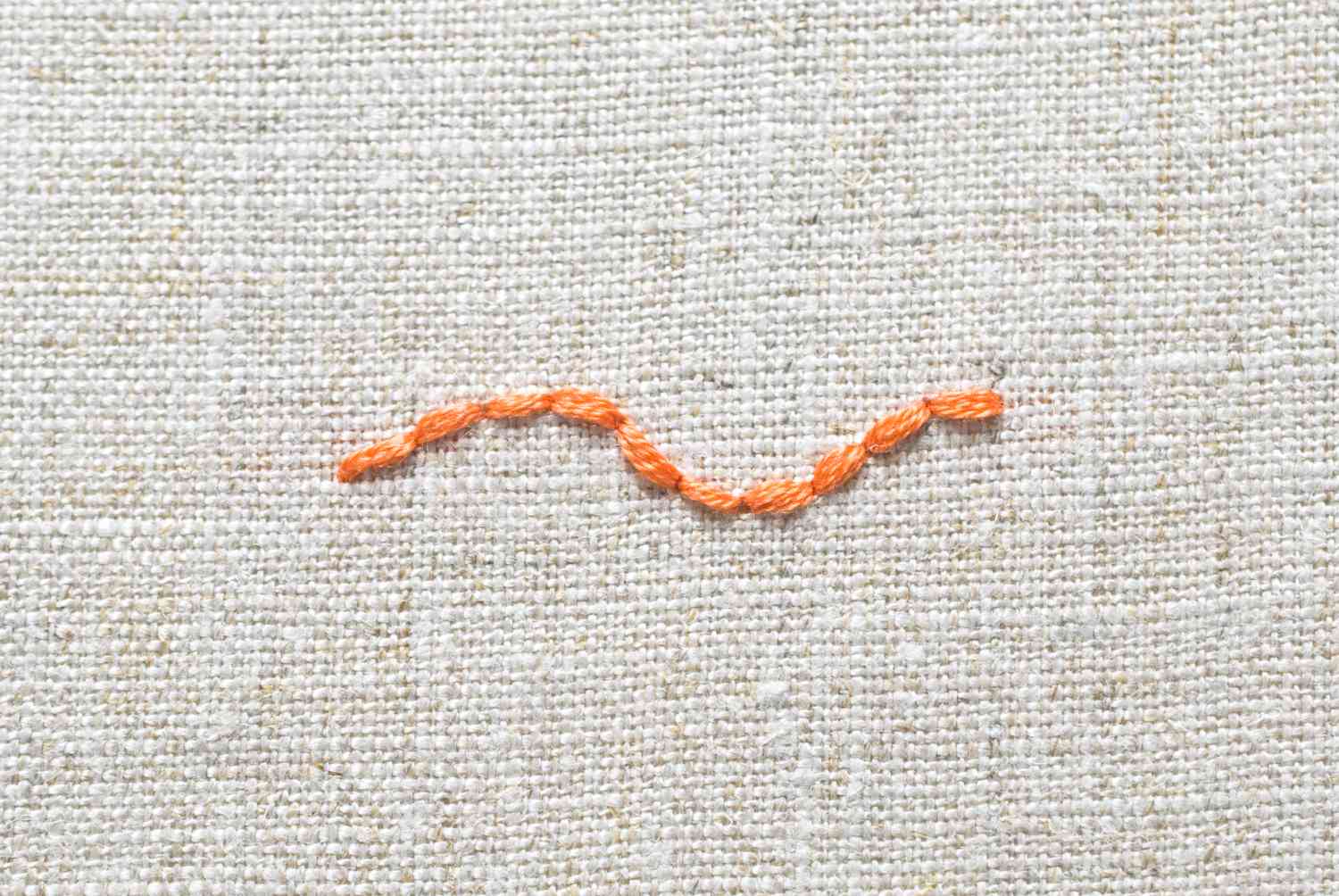
The Herringbone stitch is a decorative stitch that can be used to create textured lines or fill shapes.
The Couching Stitch is a decorative embroidery technique that involves laying a thread on top of the fabric and stitching it in place with another thread.
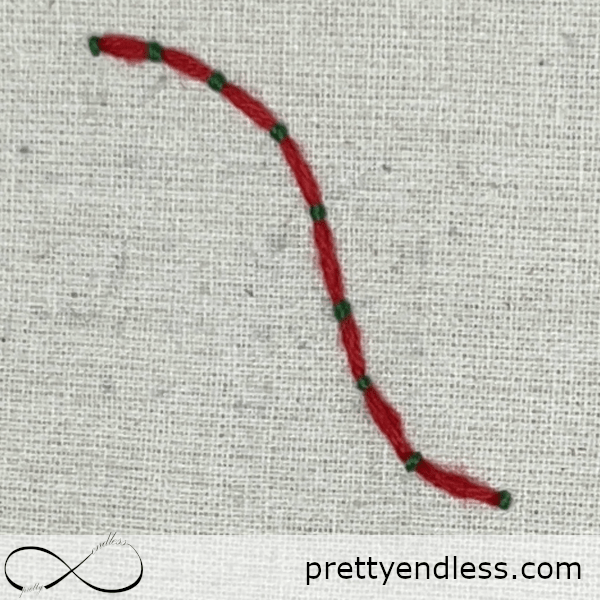
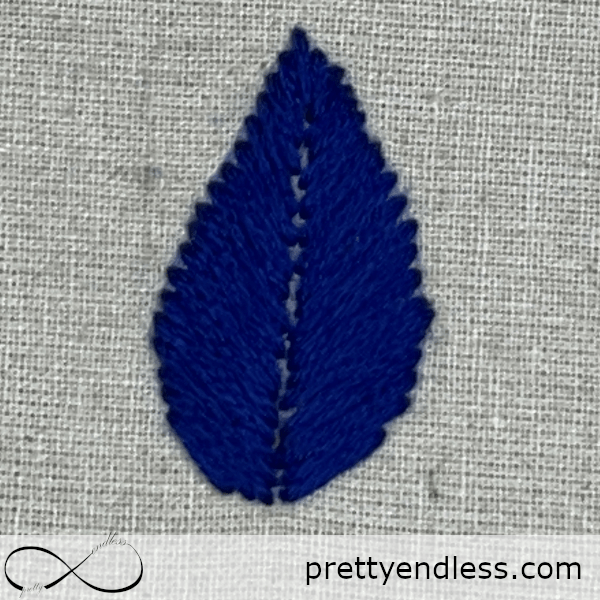
The satin stitch is a popular embroidery stitch that is often used for filling in larger areas with a smooth, shiny finish
The Fly Stitch is a simple and versatile embroidery stitch that can be used for creating various decorative effects.
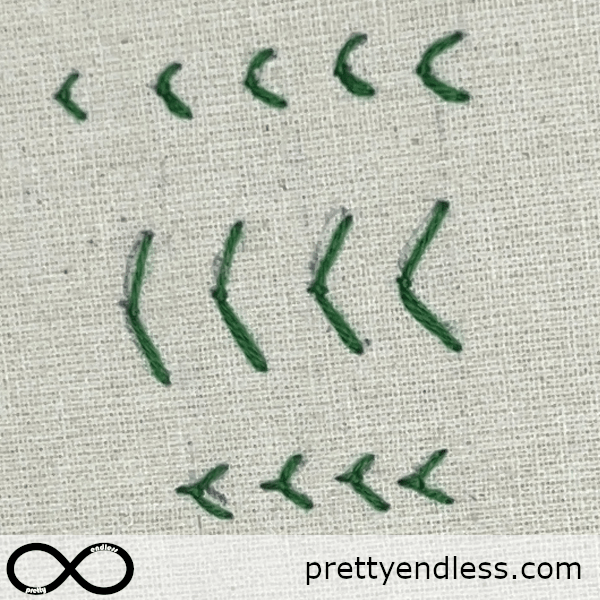
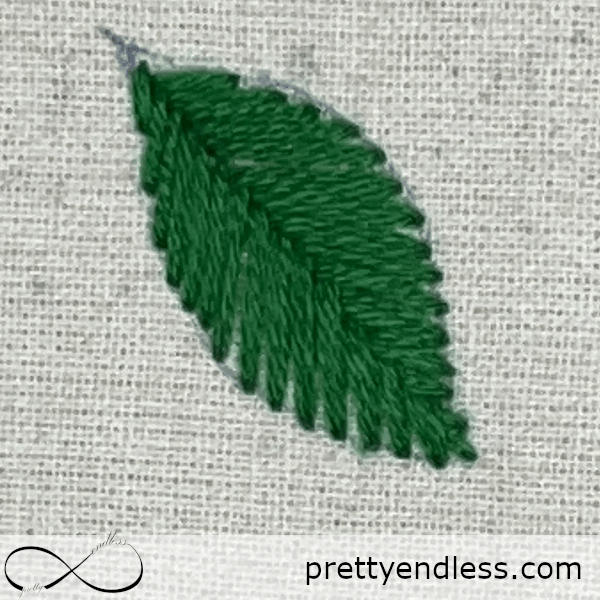
The fishbone stitch is a beautiful stitch that can be used to create leaf designs and other decorative motifs.
The Long and Short stitch is a versatile and beautiful stitch that can be used for shading and creating realistic textures in embroidery.
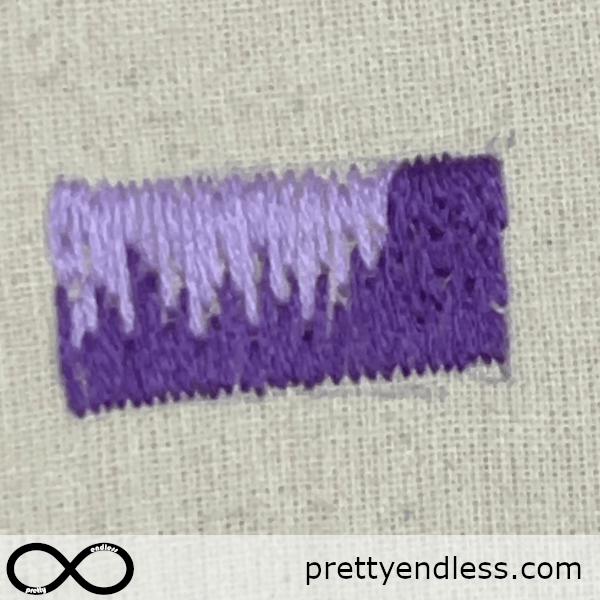

The woven wheel stitch is a beautiful decorative stitch that can be used to fill circular shapes or create petals and flowers.
Bullion knots are decorative knots that are often used to create textured designs and add dimension to embroidery projects.
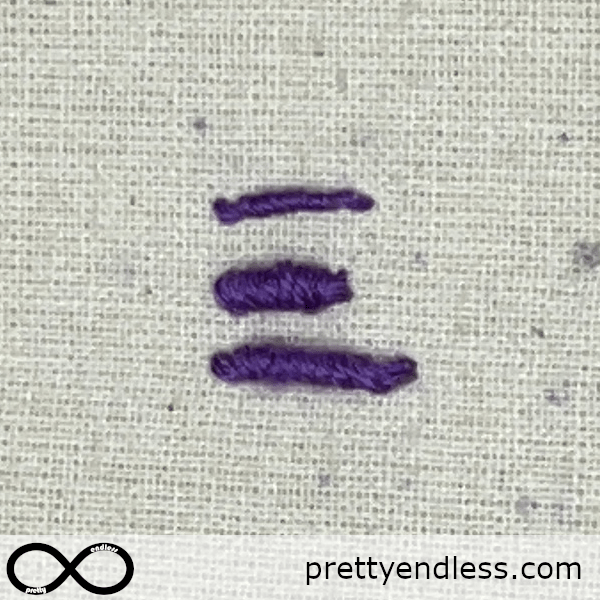

The Spider Web Stitch is a decorative embroidery stitch that can be used to create a variety of designs.
The blanket stitch is a versatile and decorative stitch that can be used for various purposes such as creating borders, edging fabric, and attaching appliques.

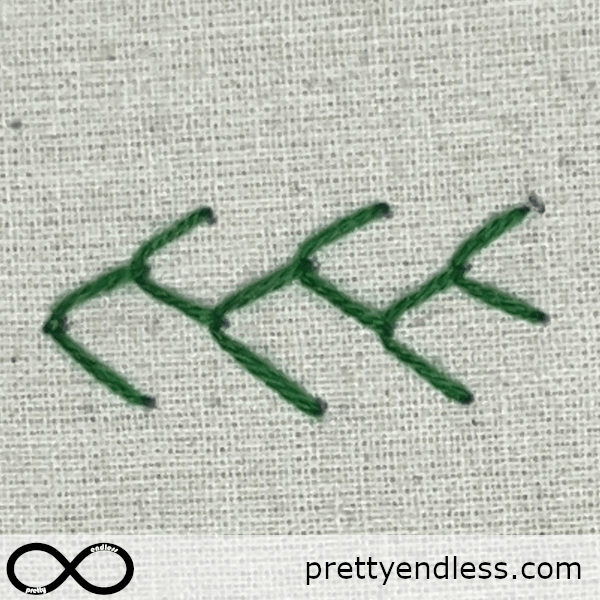
The Feather Stitch is a versatile embroidery stitch that can be used for a variety of decorative and functional purposes.
The buttonhole stitch is a versatile embroidery stitch that can be used for a variety of purposes, such as creating borders, finishing edges, and making decorative shapes.

